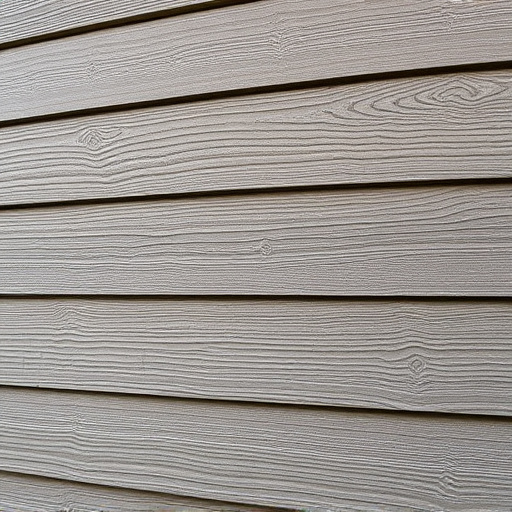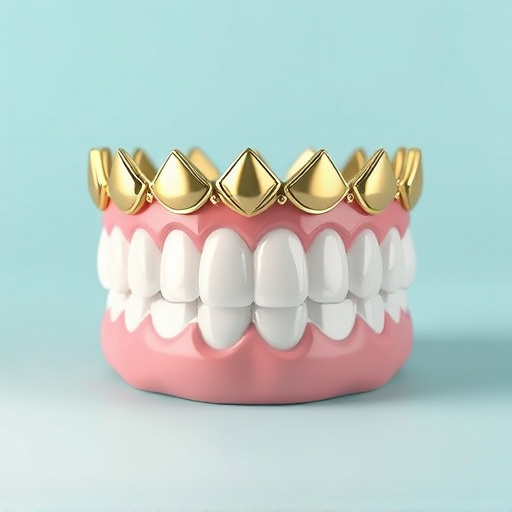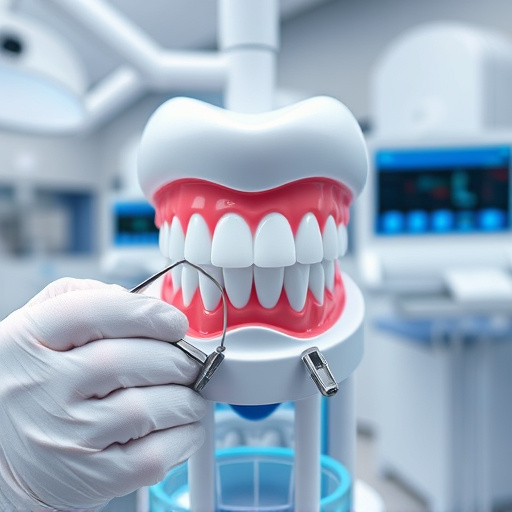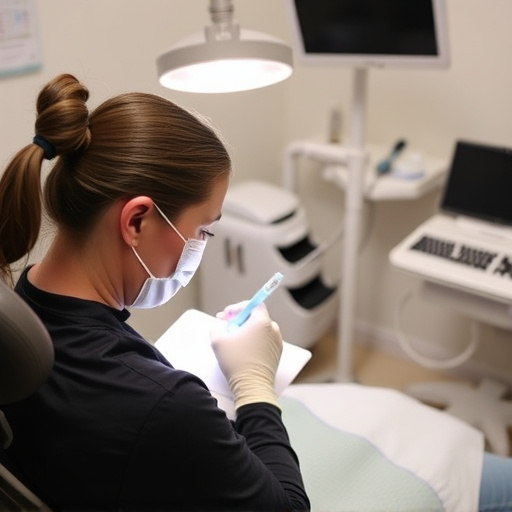Dental bridge replacement offers a long-lasting solution for missing teeth, starting with an oral assessment and preparation. The process involves shaping adjacent teeth, taking precise measurements, crafting custom crowns, placing a temporary bridge, and finally attaching the permanent bridge. This procedure combines advanced technology with aesthetic considerations, restoring chewing function and preventing neighboring tooth shifting. Your dentist guides you through each step, assessing mouth structure, gum health, and jawbone stability to recommend suitable techniques like crowns or implants. Post-replacement care includes good oral hygiene, avoiding hard or sticky foods during healing, staying aware of emergency dental services, and regular semi-annual visits for continued bridge security and healthy gums. Early intervention by the dentist can prevent complications, extending the life of the replacement bridge.
Consider dental bridge replacement for tooth loss? This guide explores the benefits of this lasting solution, with dentist-guided planning ensuring optimal results. From understanding the process and its advantages to choosing the right materials and aftercare tips for long-term success, we cover everything you need to know. Discover how a dentist can help restore your smile and regain confidence through this advanced dental bridge procedure.
- Understanding Dental Bridge Replacement: The Process and Its Benefits
- The Role of a Dentist in Planning Your Dental Bridge Procedure
- Aftercare and Long-Term Maintenance for Optimal Results
Understanding Dental Bridge Replacement: The Process and Its Benefits

Dental bridge replacement is a procedure that offers a long-lasting solution for missing teeth. It involves crafting and placing a custom-made dental bridge to fill the gap left by one or more missing teeth. This process begins with a detailed assessment during routine oral exams, where your dentist will evaluate your oral health and determine if you’re a suitable candidate. They may also recommend dental fillings or crowns as part of the preparation, ensuring the surrounding teeth are strong and healthy enough to support the bridge.
The actual procedure entails several steps. First, the dentist prepares the adjacent teeth by shaping them to accommodate the new bridge. Next, they take precise measurements and impressions to create a custom-fit dental crown for each tooth on either side of the gap, which will hold the bridge in place. A temporary bridge is then placed to protect the area while the permanent one is being crafted. Once ready, the dentist will permanently attach the new bridge, ensuring a secure fit. This process not only restores your smile but also improves chewing function and prevents neighboring teeth from shifting out of position, which can happen due to missing teeth over time.
The Role of a Dentist in Planning Your Dental Bridge Procedure

When considering a dental bridge replacement, the role of your dentist is invaluable. They are not just performing the procedure but also act as guides throughout the process, ensuring it aligns with your oral health needs and aesthetic desires. During planning, your dentist will assess your mouth’s structure, gum health, and existing teeth to determine the best approach for the dental bridge replacement.
This involves discussing various options like restorative dentistry techniques, including dental crowns or dental implants. They’ll consider factors such as jawbone health, nearby teeth stability, and your personal oral hygiene practices to recommend the most suitable solution. By combining their expertise with advanced diagnostic tools, dentists can create a personalised treatment plan that promises both functionality and a natural-looking smile.
Aftercare and Long-Term Maintenance for Optimal Results

After a successful dental bridge replacement procedure, proper aftercare is essential for achieving optimal long-term results. Patients should be instructed to maintain good oral hygiene practices, including regular brushing and flossing around the new bridge to prevent plaque buildup and gum disease. Additionally, staying away from hard or sticky foods that could dislodge the bridge is crucial in the initial healing period. Emergency dental care services should be readily available for any unexpected issues, such as loose or broken bridges, which may require prompt intervention.
Regular visits to the dentist every six months are vital for ongoing maintenance. These check-ups include thorough teeth cleaning and dental examinations to ensure the bridge remains secure and healthy gums persist. The dentist can also address any concerns or complications early on, ensuring the longevity of the replacement dental bridge.
Dental bridge replacement, guided by dentist-led planning, offers a permanent solution for tooth loss, enhancing both oral health and aesthetic appeal. By leveraging their expertise, dentists ensure precise fitting and long-term durability, fostering confidence and promoting overall well-being. With proper aftercare and maintenance, these bridges can last for years, providing a reliable and natural-looking restoration.














